
Breasts come in all shapes and sizes. Some are round, some are pointed, and some are asymmetric. There is absolutely
nothing wrong with the size or shape of your breasts or nipples.
If we notice a discrepancy between our body image and the socially accepted or desired size and shape of our breasts, some of us become self-aware that we have underdeveloped breasts. For example, some people think they have small breasts. What causes small breasts?
How to Know If Your Breast Small?
Before we really talk about breast size, we should first mention how it is measured. Breast size is usually indicated by the size of the bra.
First, stand in front of a mirror in your underwear. Then run a tape measure around the bra strap to get your band size and circle the fullest part of your bust to get your bust size. Subtract your belt size from your bust size to get a letter :1 inch for A cup, 2 inches for a cup. Finally, combine your bracelet size with your letter to get your cup size.
Breast size is usually the cup size of your breasts. However, it is important to note that breast size can change throughout a woman's life, especially during pregnancy. Therefore, you need to change your bras through your life.
What Determines Your Breast Shape and Size?
Now that you have a good idea of your breast size, you might start to wonder why one person has a 36A while another has a 32E. This is like asking why one person has a nose that's different from another.
The exact causes of these extreme bust size differences are not known. However, it's widely believed that genetic conditions can affect the development of small breasts.
Genetics Decide
In addition to the size of your breasts, you can also attribute your breast tissue composition and shape to your genes. According to a study conducted by Nature, breast size is a trait that's highly heritable.
Weight Change
Another most common factors that can affect the size of your breasts is your body weight. As a complex body part, your breasts are made up of fat. Having high body fat can result in bigger breasts.

Is Small breast a Problem that Need to be Paid Attention to?
Dysplasia of the breast is the medical term to describe breast agenesis. Micromastia is defined as a breast size of 200 mg (mL) or less in adult women and represents a significant reduction in breast tissue size relative to The standard breast size adjusted for age and developmental status. Some congenital causes include ulnar breast syndrome, Poland syndrome, Turner syndrome, and hormonal imbalance.
If this is the case, your primary care doctor may recommend that you see a gynecologist or an endocrinologist . According to the National Institutes of Health, Poland syndrome is a condition in which "people are typically missing a portion of a major chest muscle called the pectoralis major." There may also be other related abnormalities affecting the hands and spine. If you don't want to go to the hospital, you can get more breast muscles by doing more exercise, wear supportive bras and taking in more proteins.
According to expertise, for women at average risk for breast cancer, screening mammograms are recommended every 1-2 years starting at age 40.
But in most cases, small breasts due to genetics and weight don't need to be seen by a doctor. Regardless of size, your beauty won't be affected, and you won't starve your baby because of the size of your breasts while breastfeeding. So go ahead and embrace your boobs.

What Change Your Breast Size?
While breast size is largely determined by your genes, that doesn't mean it will stay the same throughout your life. In fact, most women will experience many changes in their breasts during their lifetime. Here are some of the key causes of breast size change.
1. Age: Puberty to Menopause
From puberty to adolescence, to marriageable age, to menopause, our bodies go through a lot of changes. These developmental stages are often guided by hormonal changes, and hormonal changes can definitely affect your breasts. Naturally, you'll start with smaller breasts and work your way up to full size.
2. Pregnancy or Breastfeeding
During pregnancy, your breasts may double or triple in size. According to the Mayo Clinic, 'One of the first signs of pregnancy is increased breast size. As early as two weeks into pregnancy, your breasts begin to grow and change in preparation for milk production. In response to estrogen and progesterone stimulation, the glands in the breast that produce milk become larger and there is a slight increase in adipose tissue.
By the end of the first trimester, your breasts and nipples will be significantly larger and continue to grow throughout the pregnancy. Breast augmentation is associated with at least 1 pound of weight gain during pregnancy'. Your breasts may continue to grow for some time after birth. Therefore you need a good seamless bras to make your breasts more comfortable.
3. Menstrual Cycle or Hormonal Change
Hormones also play an important role in the menstrual cycle, which can cause your breast size to change from month to month. Many women specifically note that fluid retention, breast swelling, and tenderness are part of premenstrual symptoms before and during ovulation.
Hormonal birth control is used to prevent unwanted pregnancies, but in some women, hormones can cause fluid retention and breast swelling. These effects are often stronger in the first few months of a new birth control regimen.
4. Bad Lifestyle
Many of the health risks associated with smoking include a loss of skin elasticity, which affects delicate skin and breast tissue. This can lead to sagging breasts. Some women think it's a change in size, although this has more to do with shape, unless accompanied by other changes.
5. Weight Change
Weight fluctuations are one of the many reasons it is recommended that you try on a bra regularly. This is because the fat content of a woman's breasts makes it easy to lose weight.
However, it is important to note that it is difficult to target specific body parts to gain or lose fat. So if you lose or gain weight, it will spread throughout your body, affecting other areas and your chest.
6. Breast Augmentation
Of course, one of the most obvious ways to change breast size is to go under the knife. Whether it's breast augmentation or breast reduction, this can cause more extreme and often permanent changes to your breast size. If you are considering breast augmentation, please seek medical advice so that you fully understand the procedure, pros and cons.

Conclusion
Some people have large breasts and some have small ones, but we should all try to accept the beauty of our diversity. There is no single standard that women should follow when it comes to looking good. However, due to the pressures that society puts on women, many of them still feel that they have to look a certain way.
It's common for people to feel uneasy about their small breasts. It doesn't mean that they have a problem. If you're worried that your large breasts are due to a medical condition, talk to your doctor about this. However, most people tend to feel that their concerns are more about their love and self-acceptance.


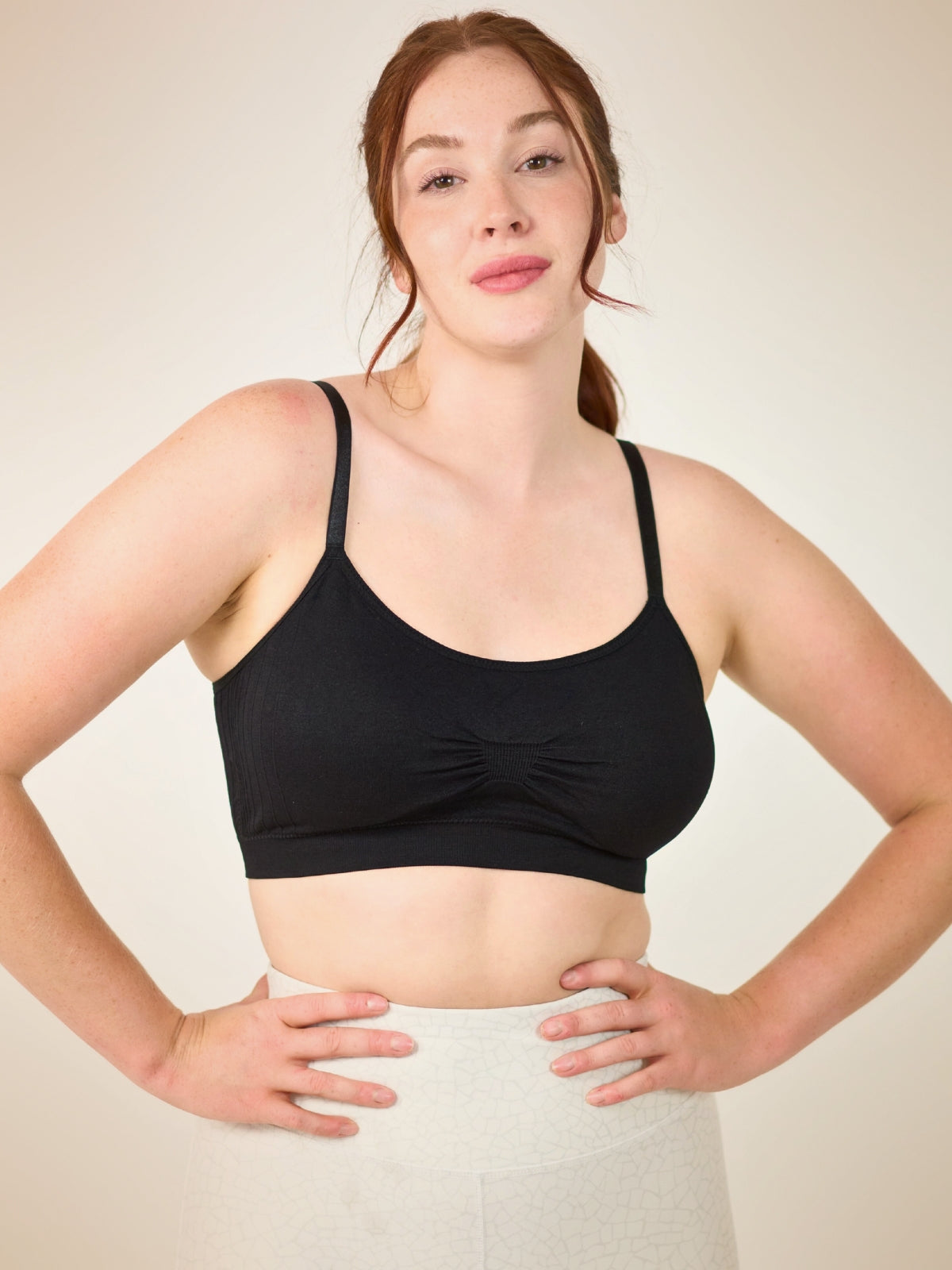
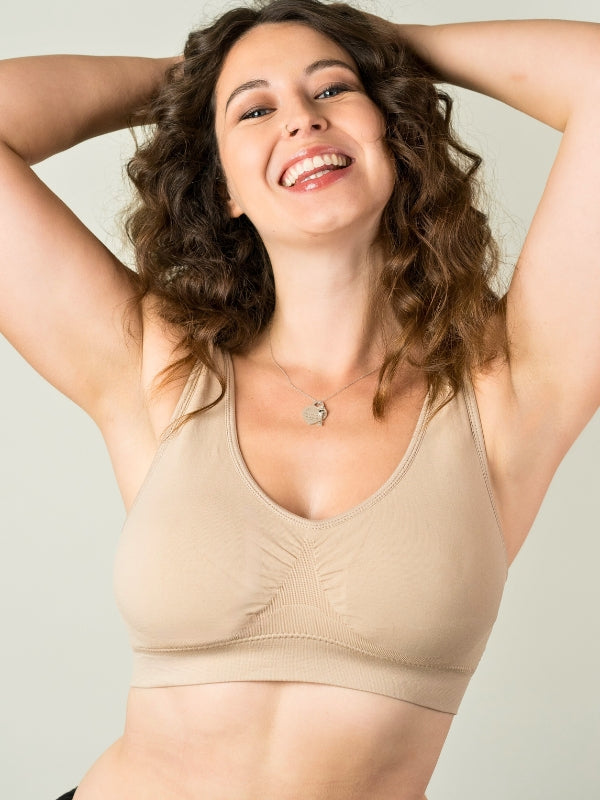
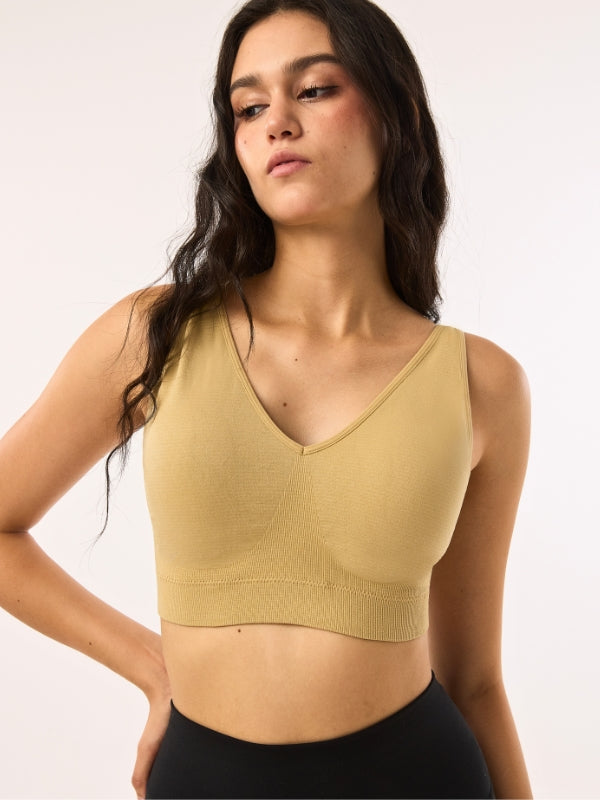
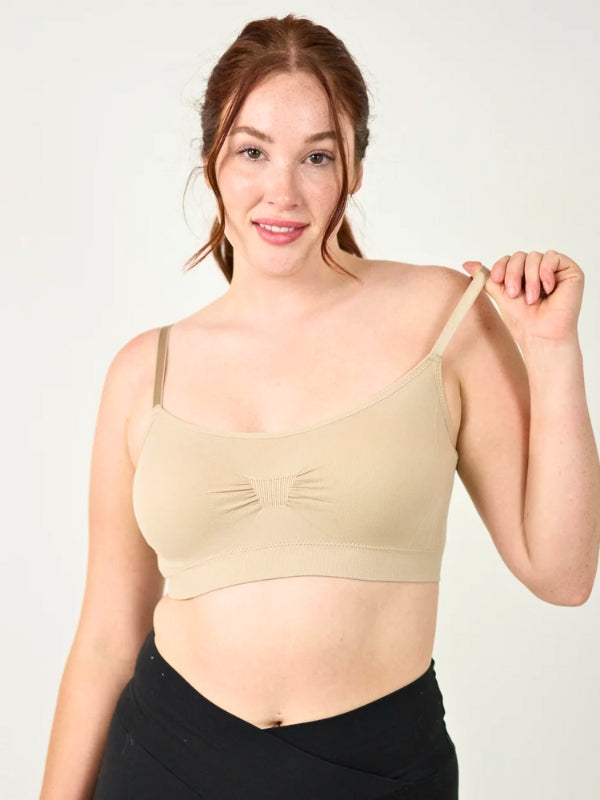
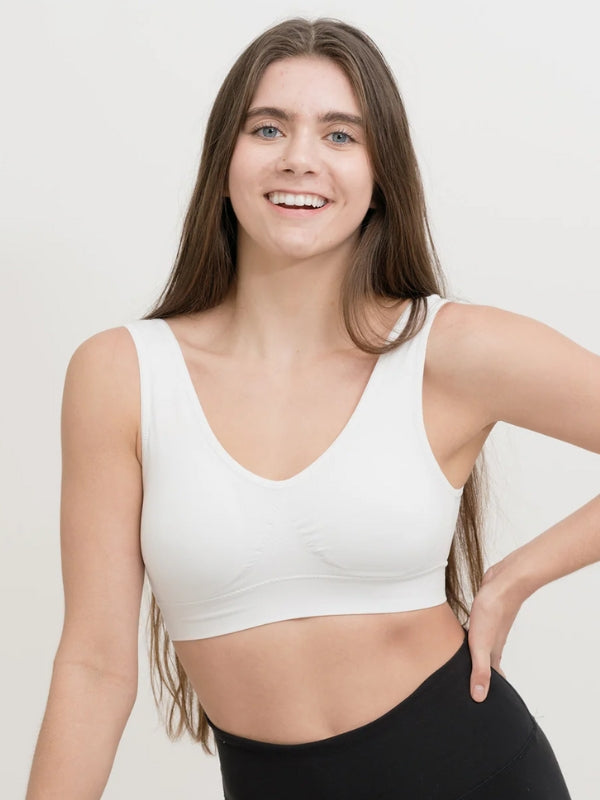
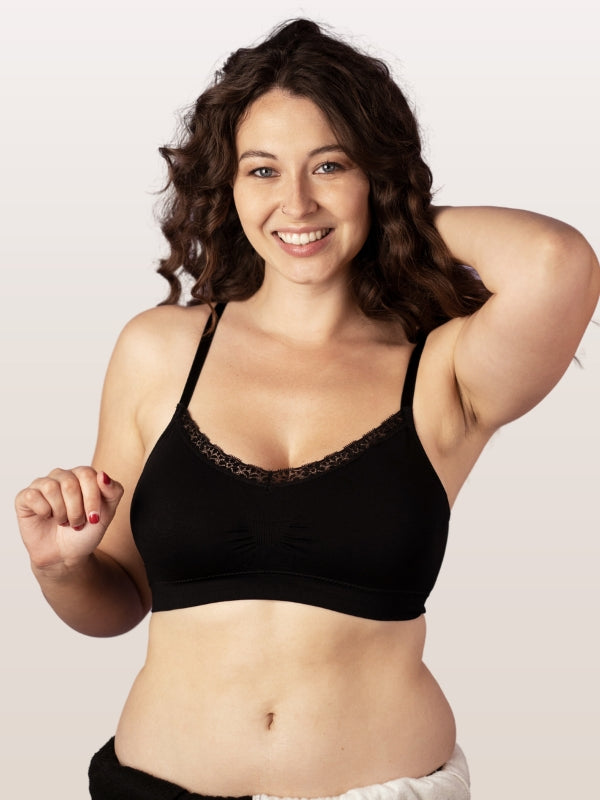
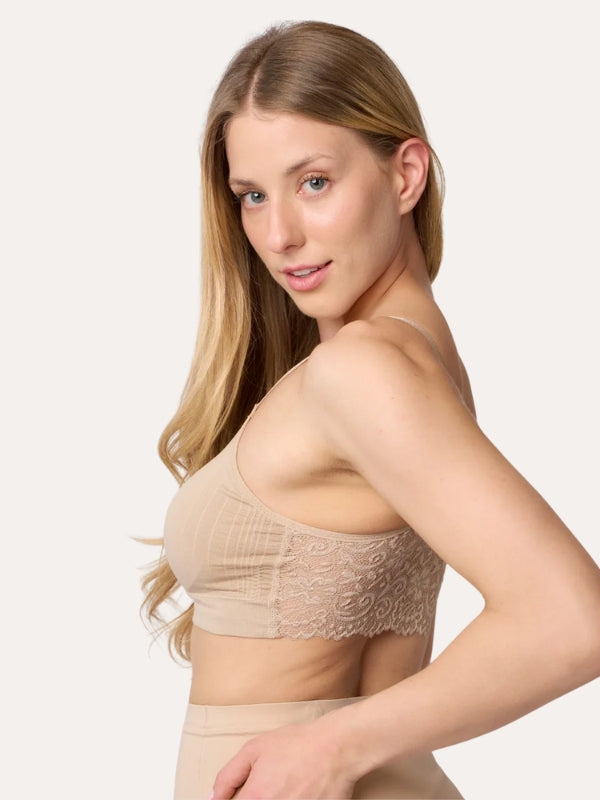
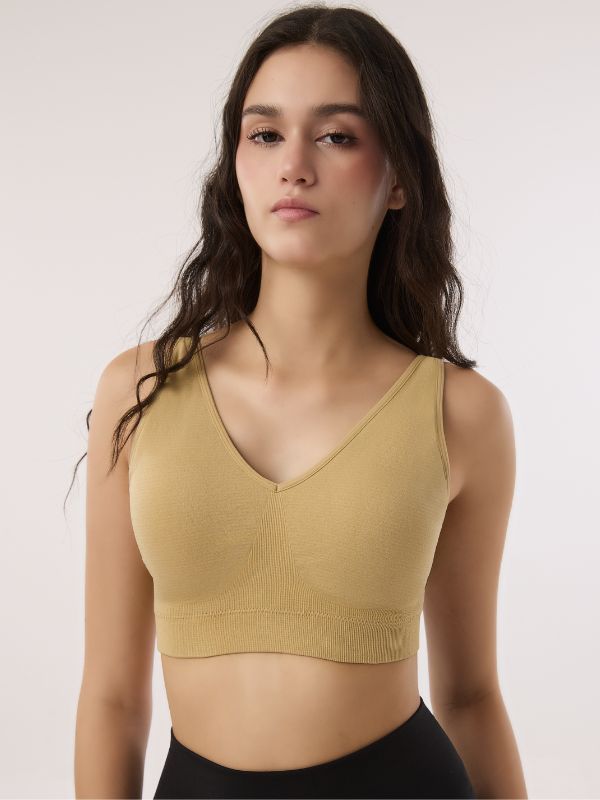

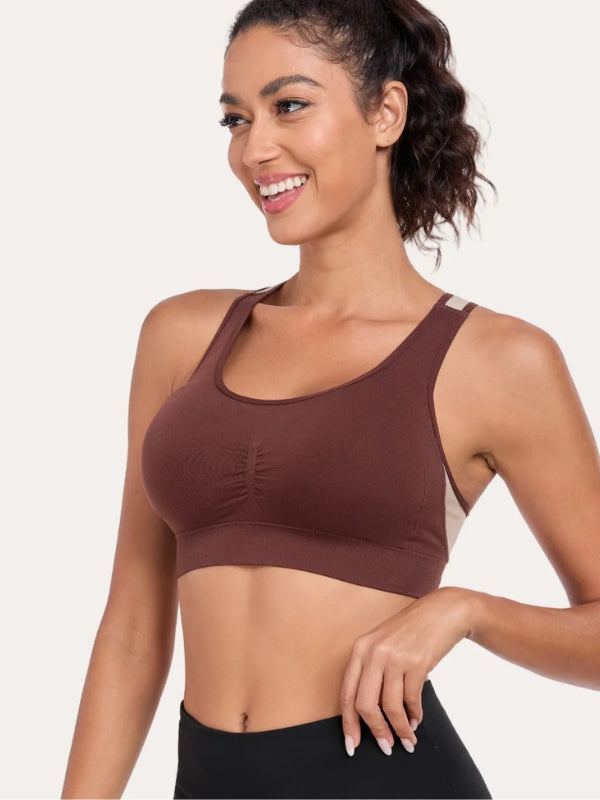
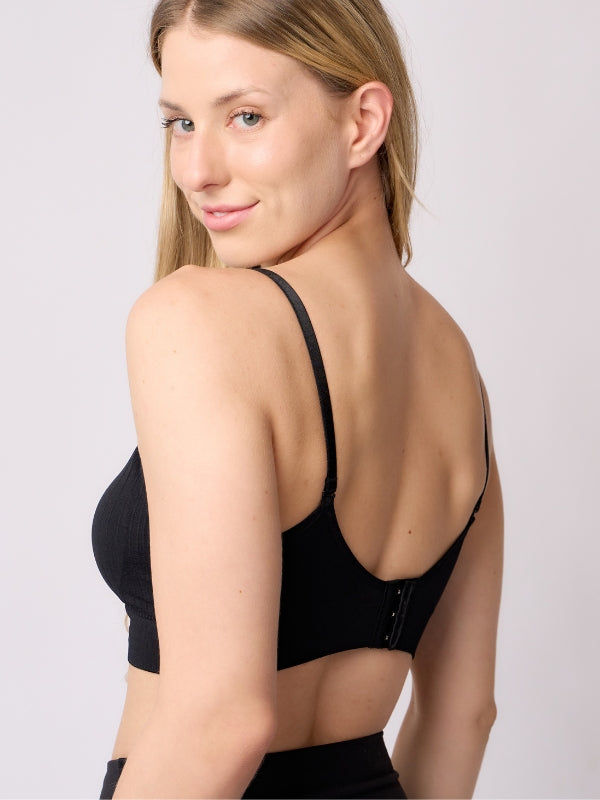
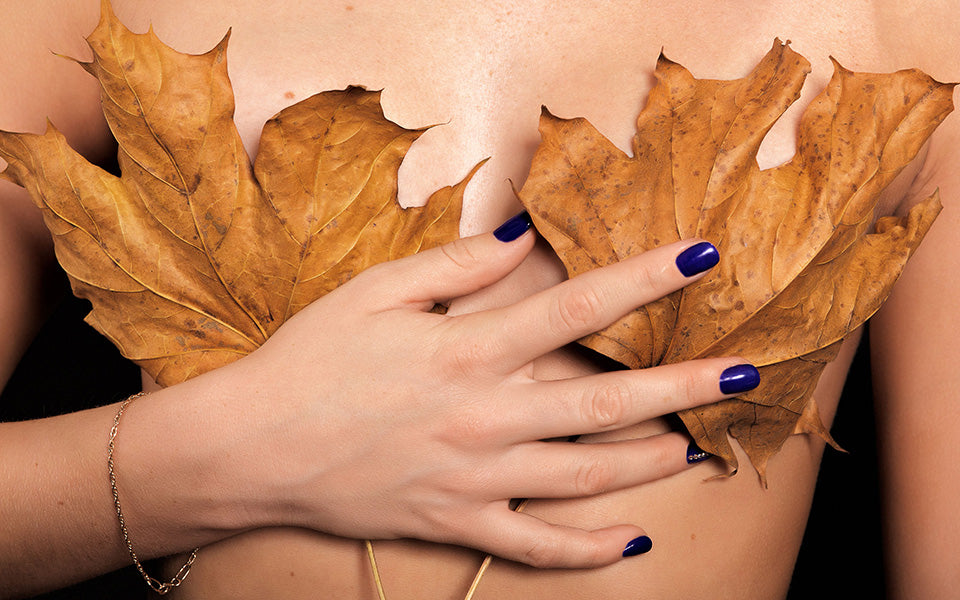

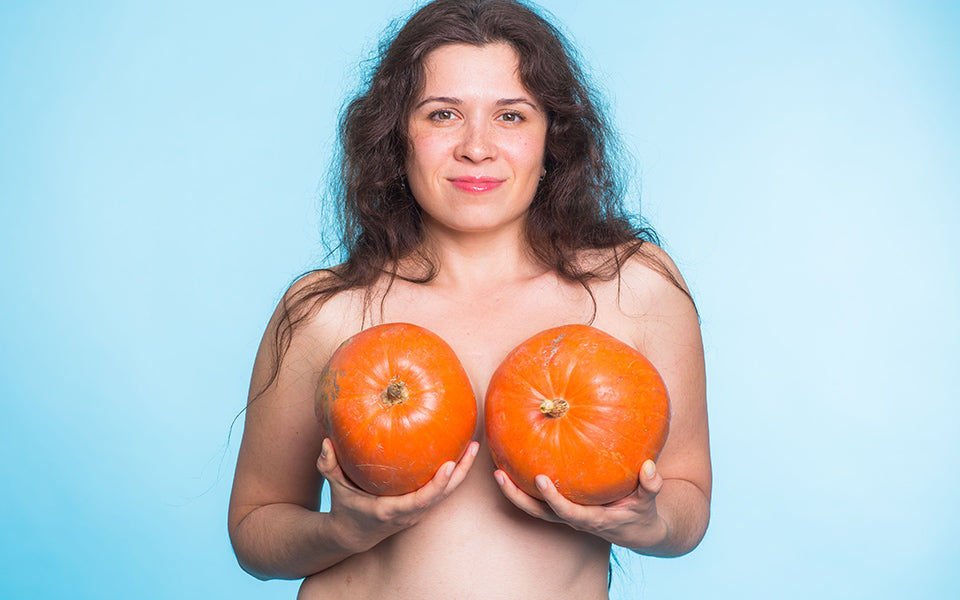
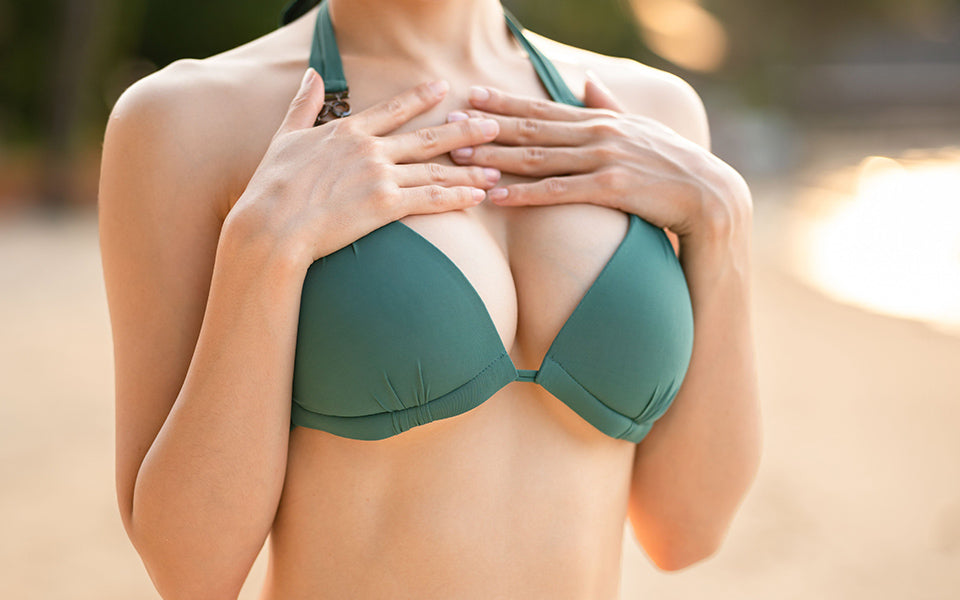

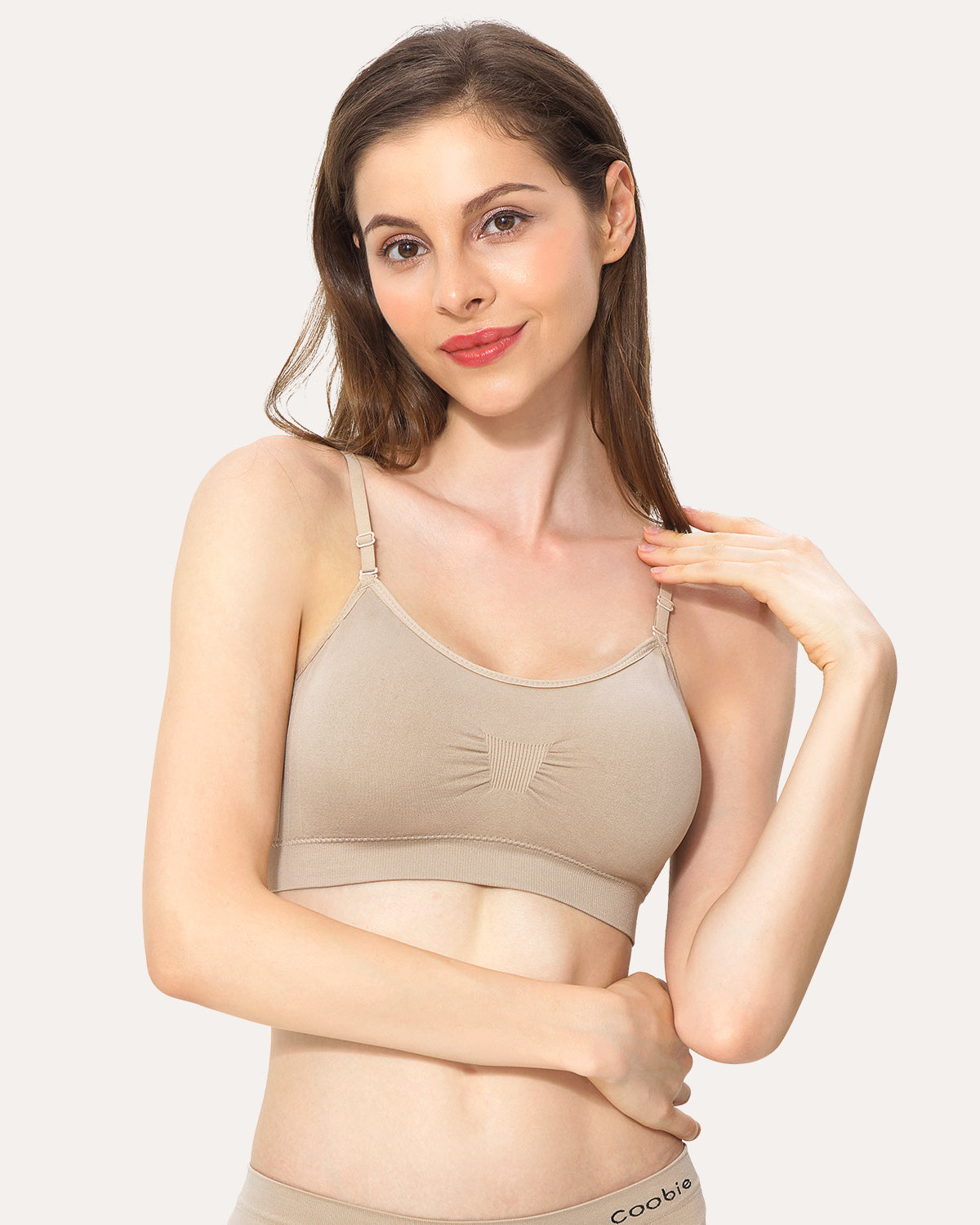

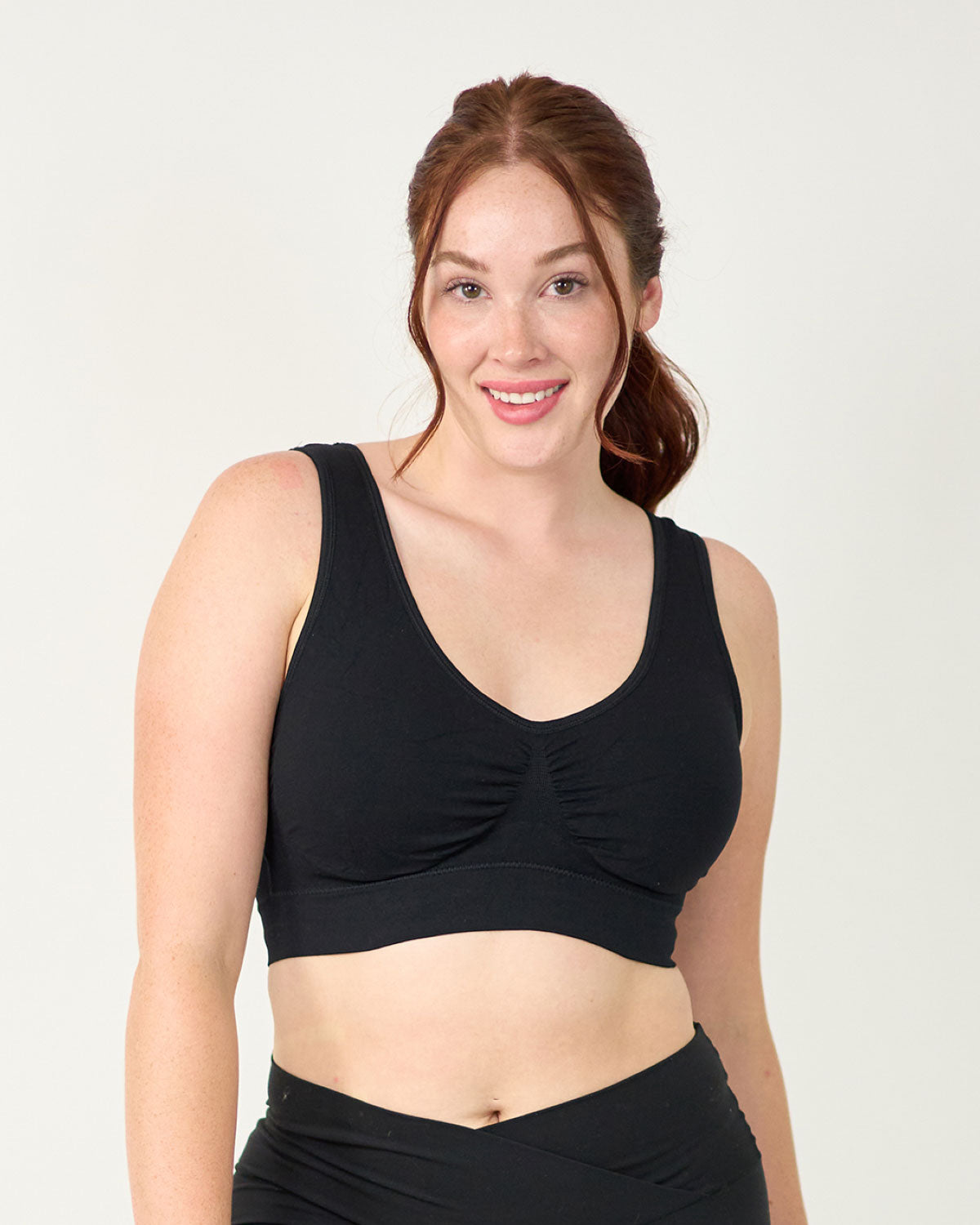
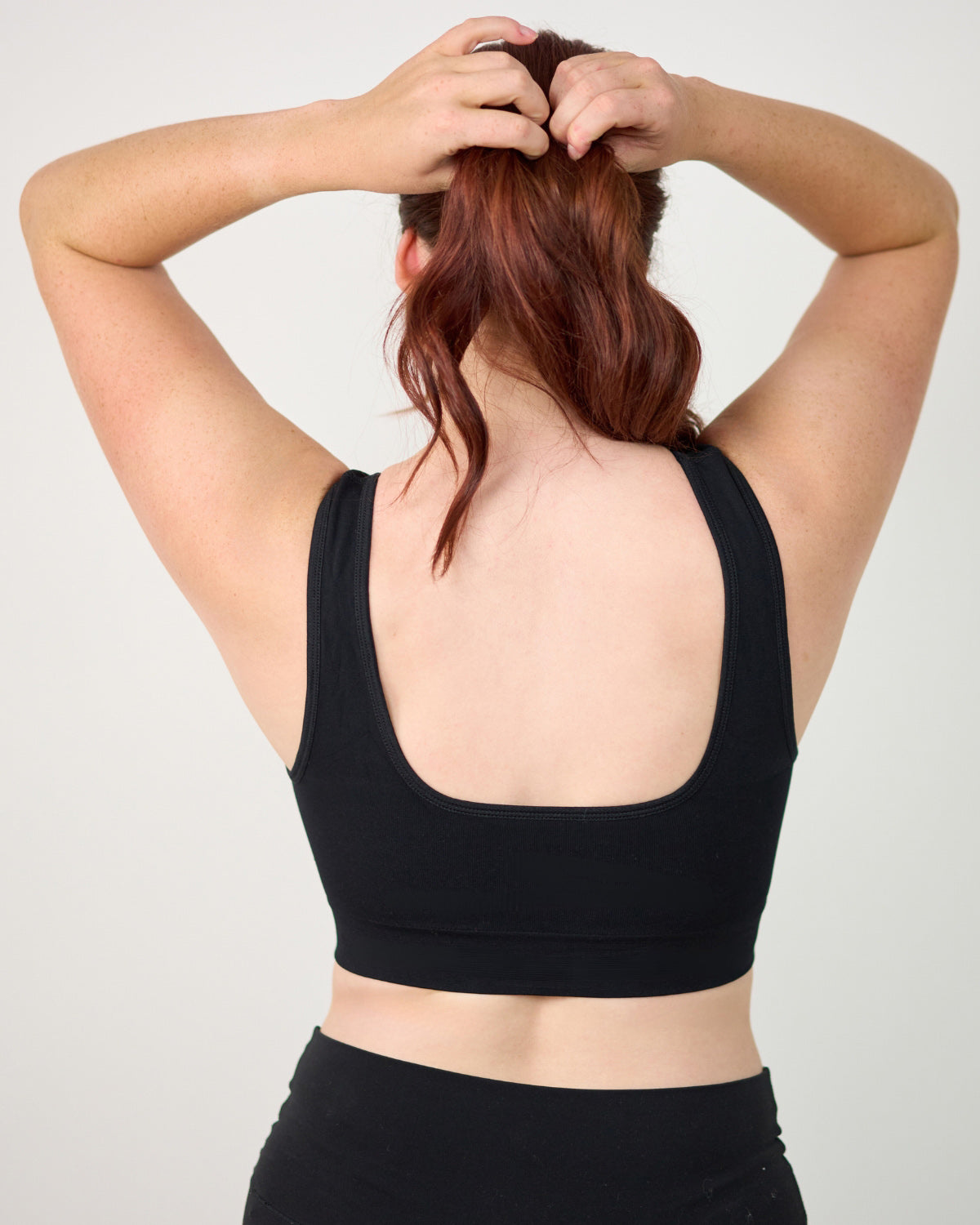
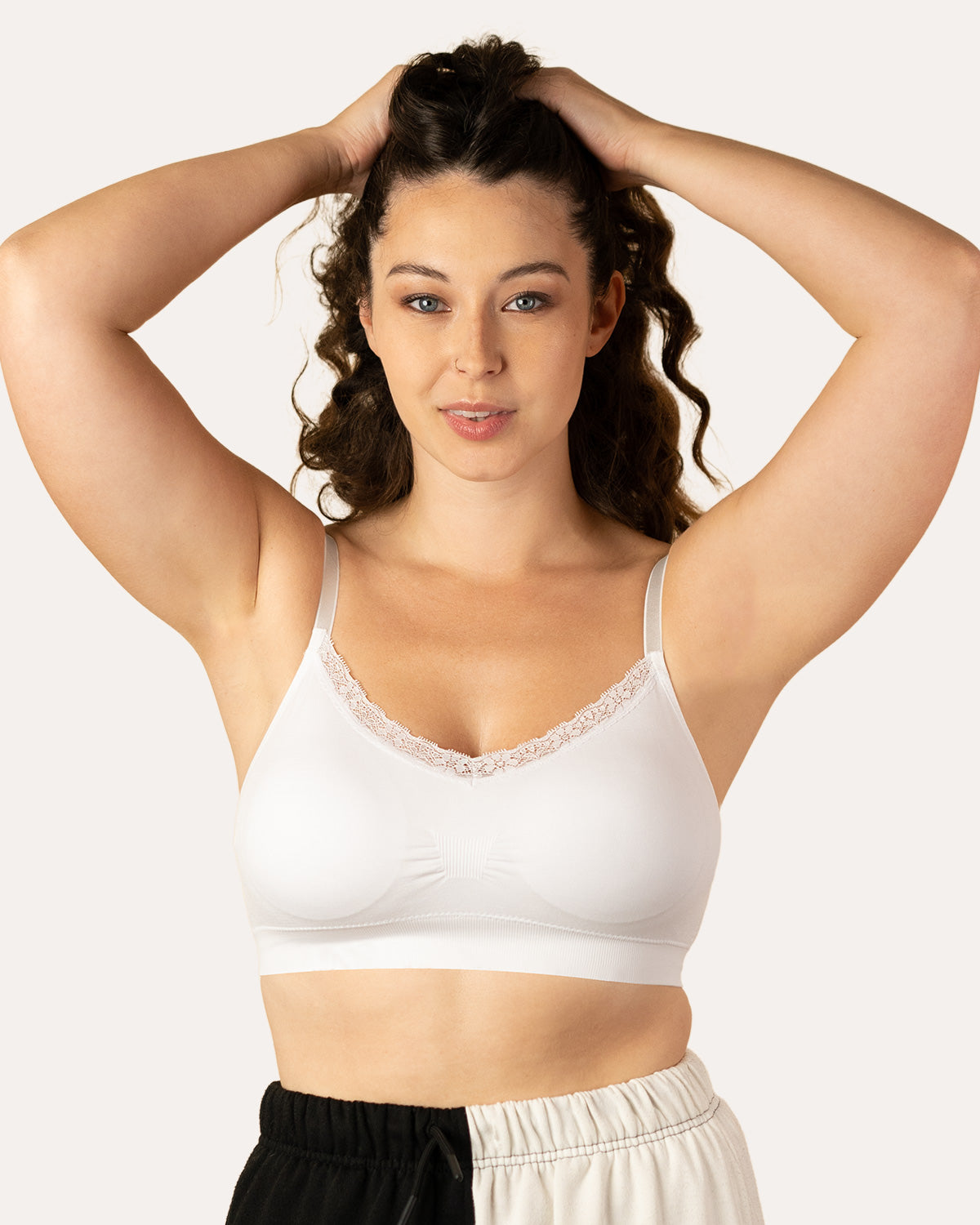
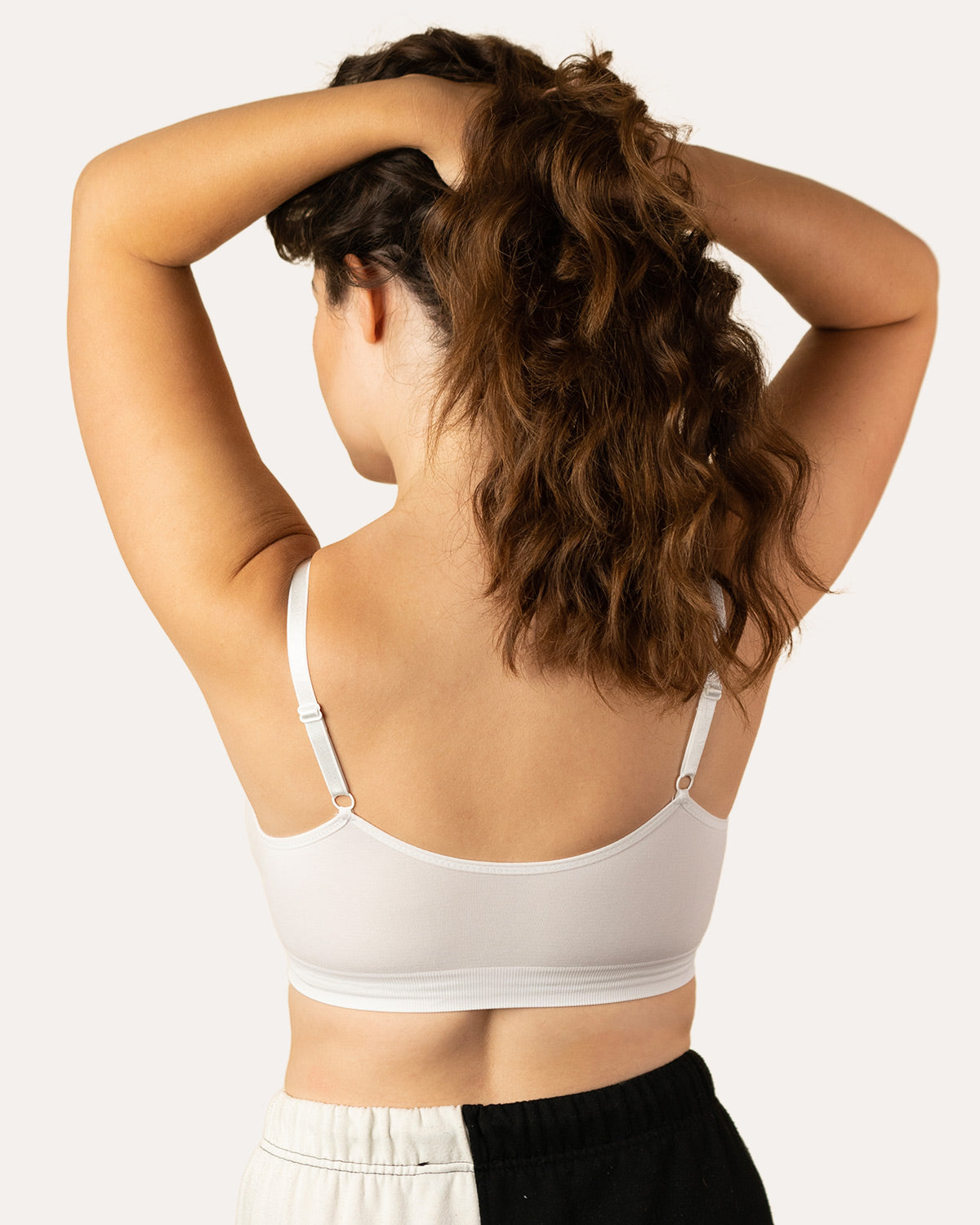
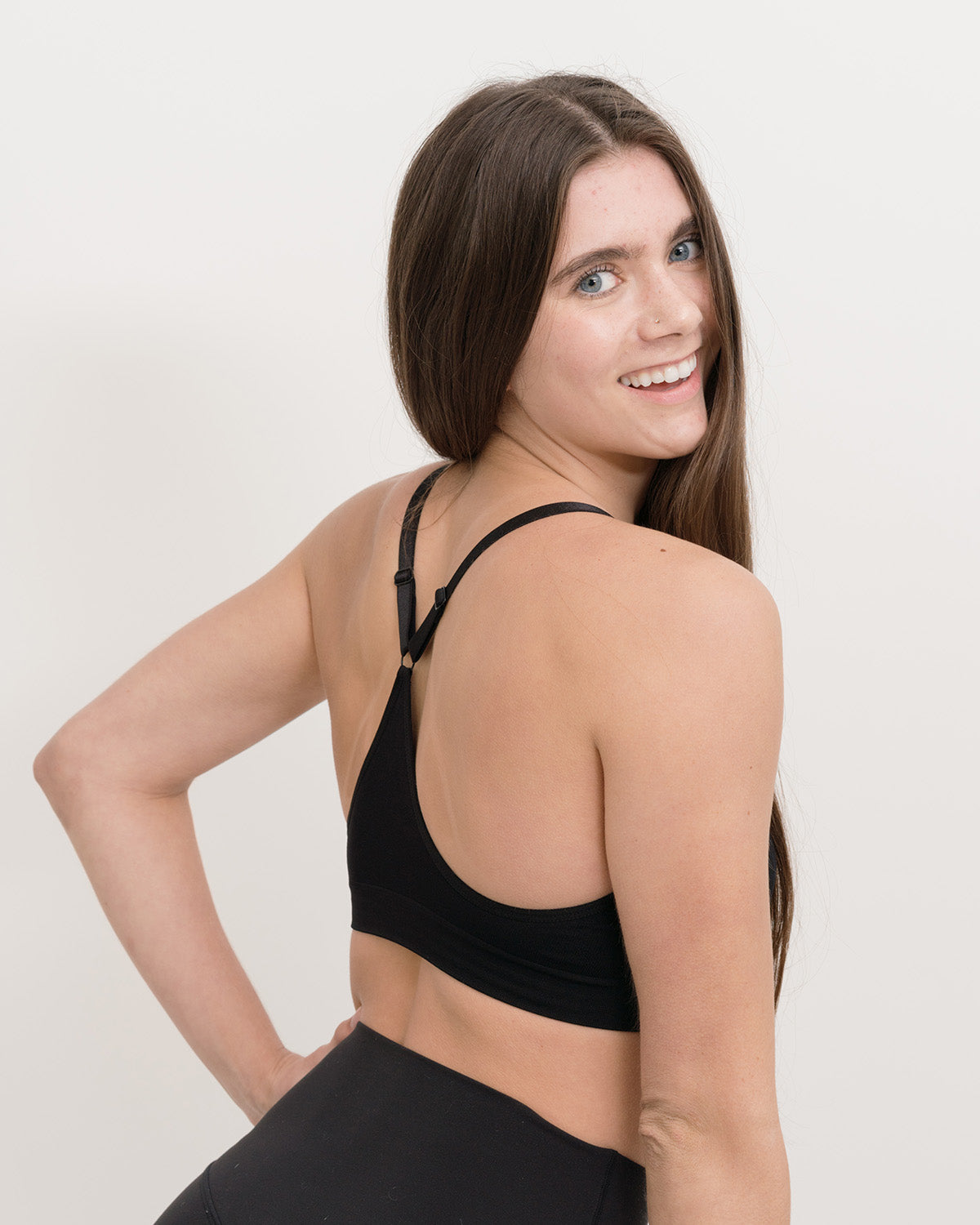
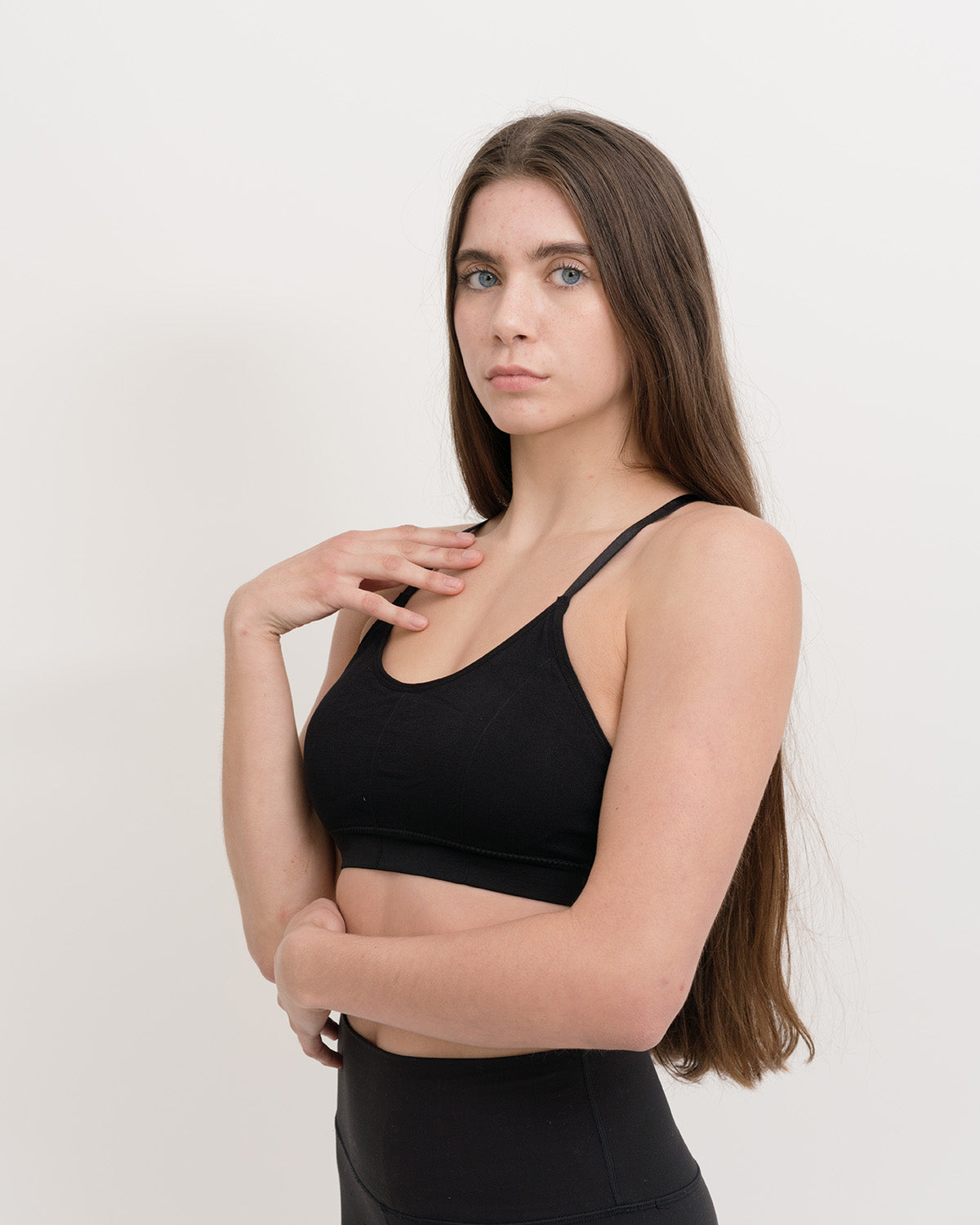
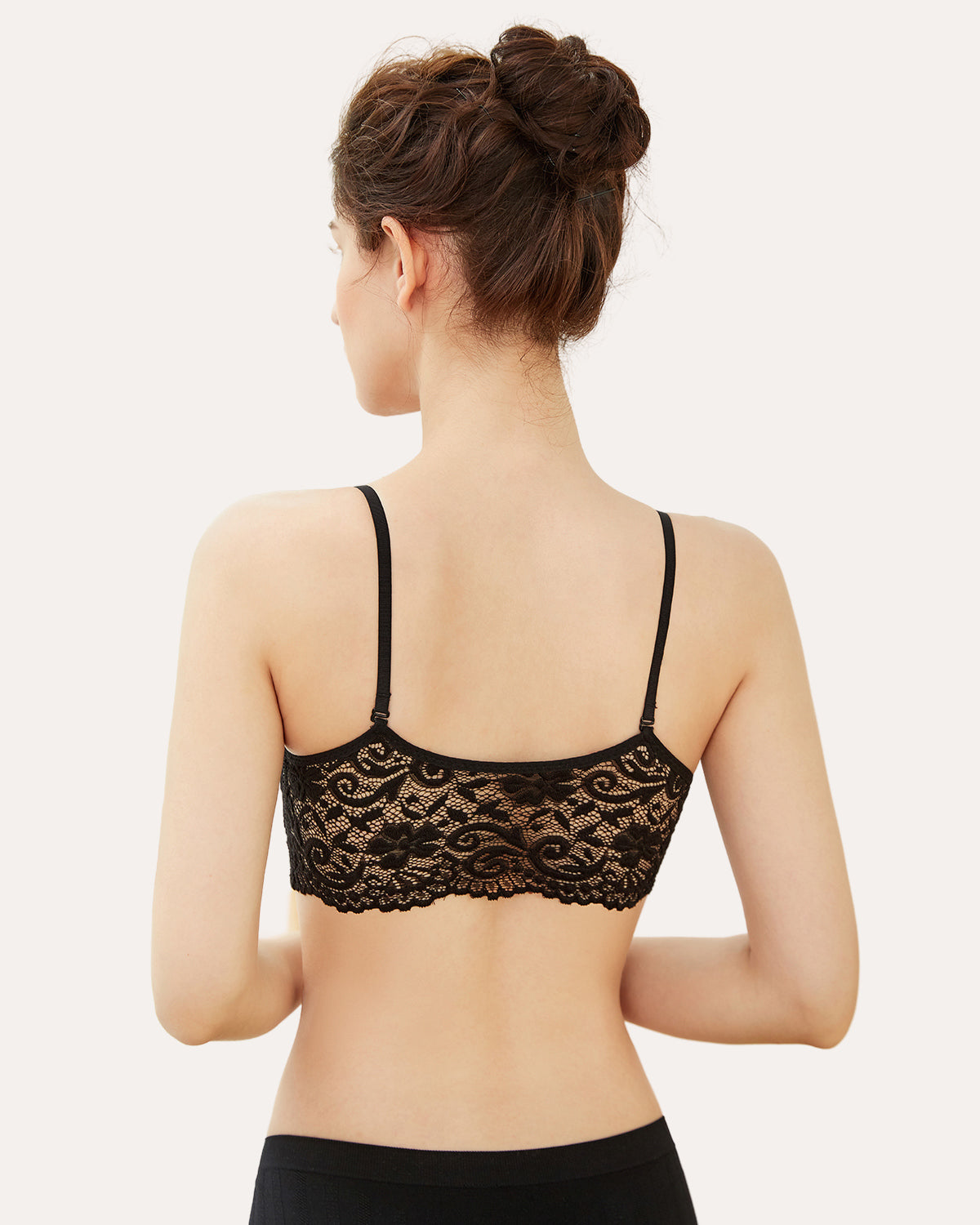
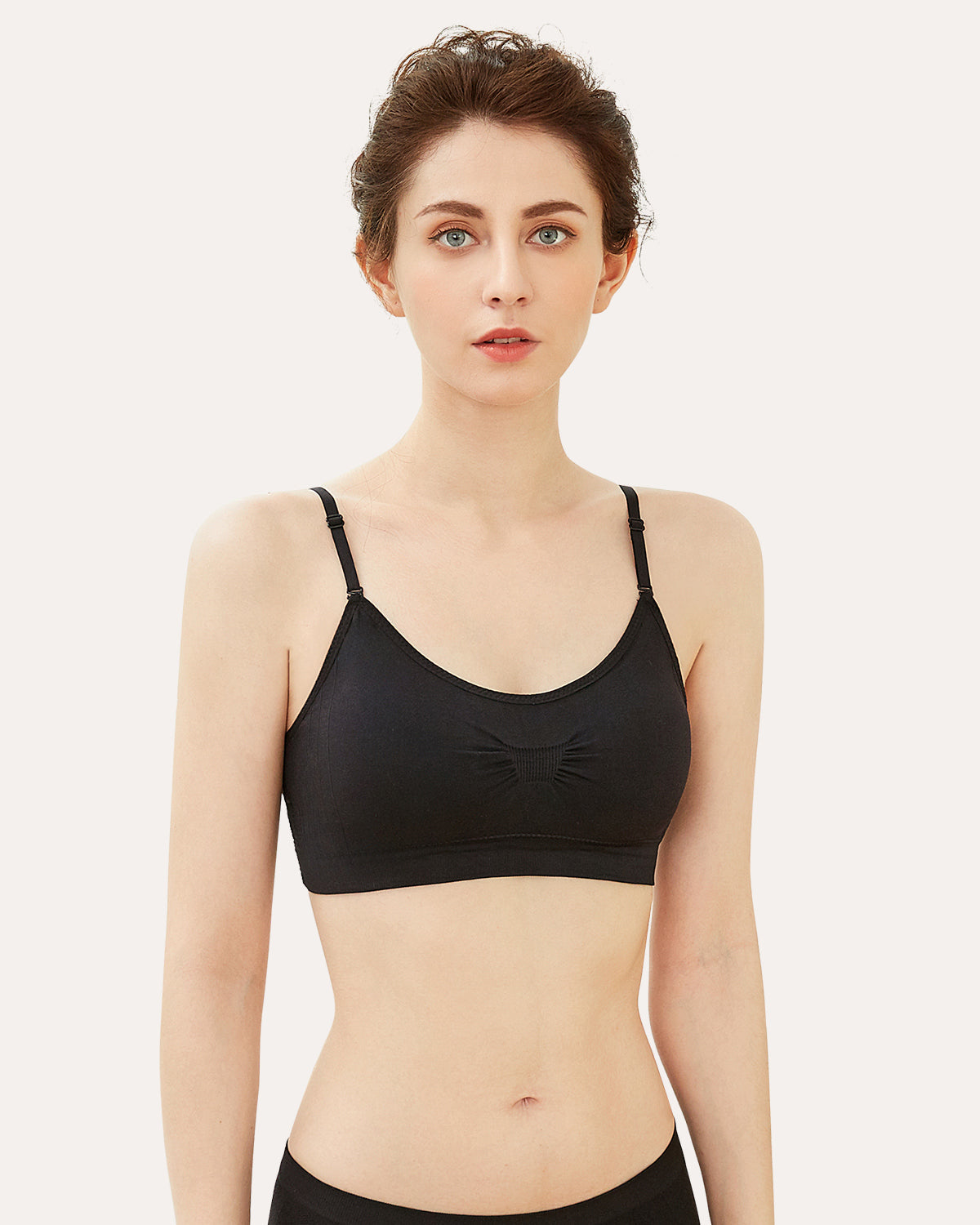
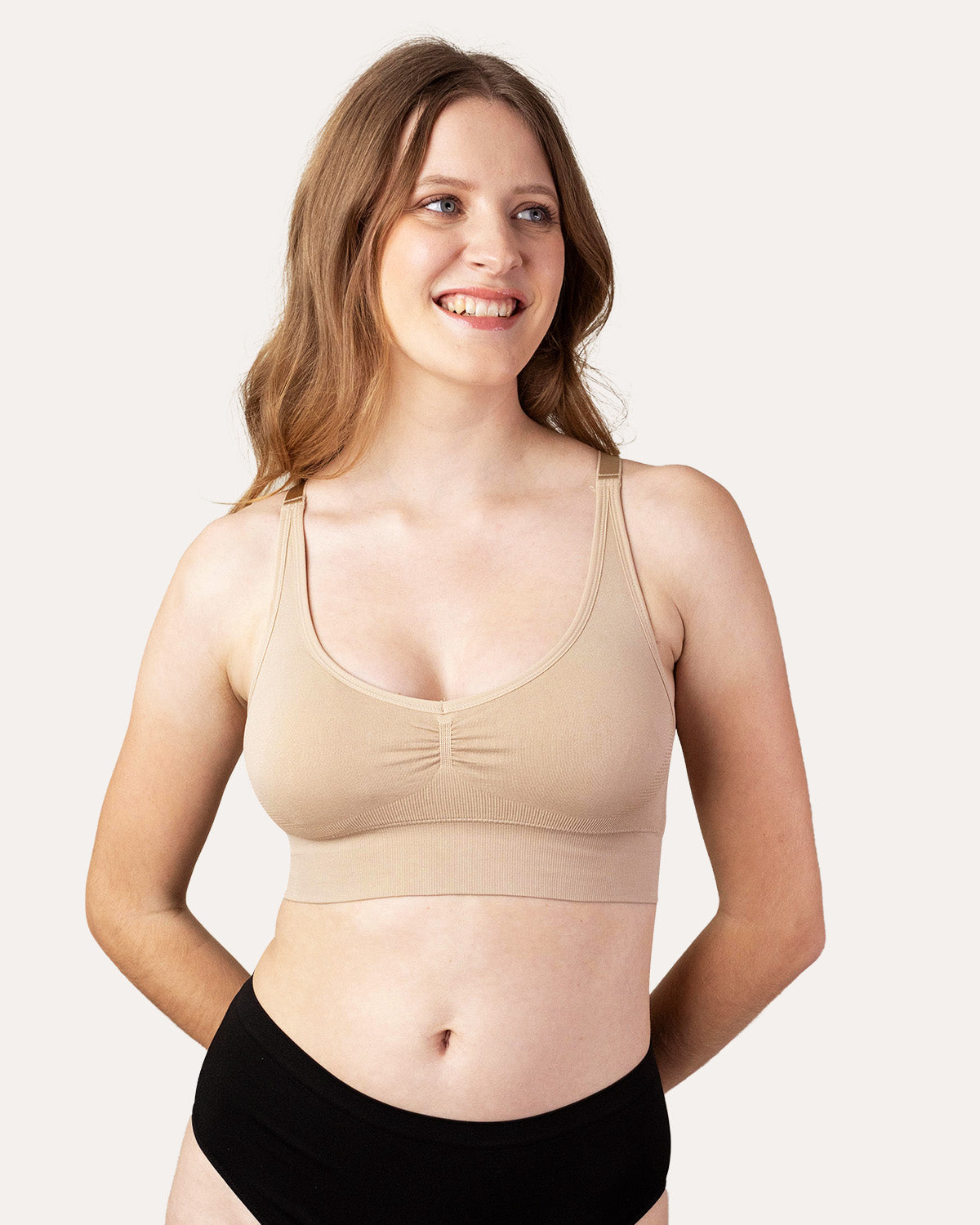
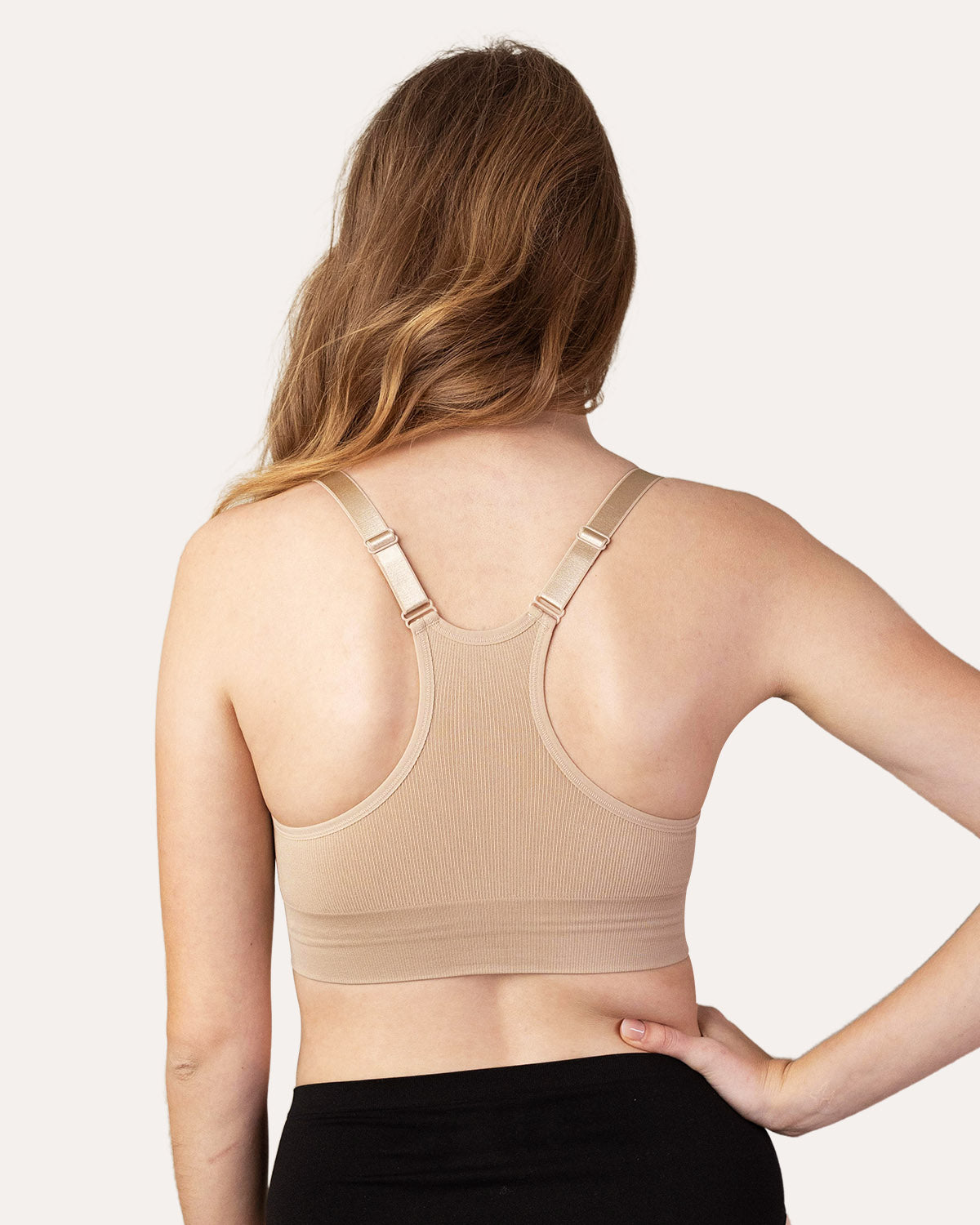
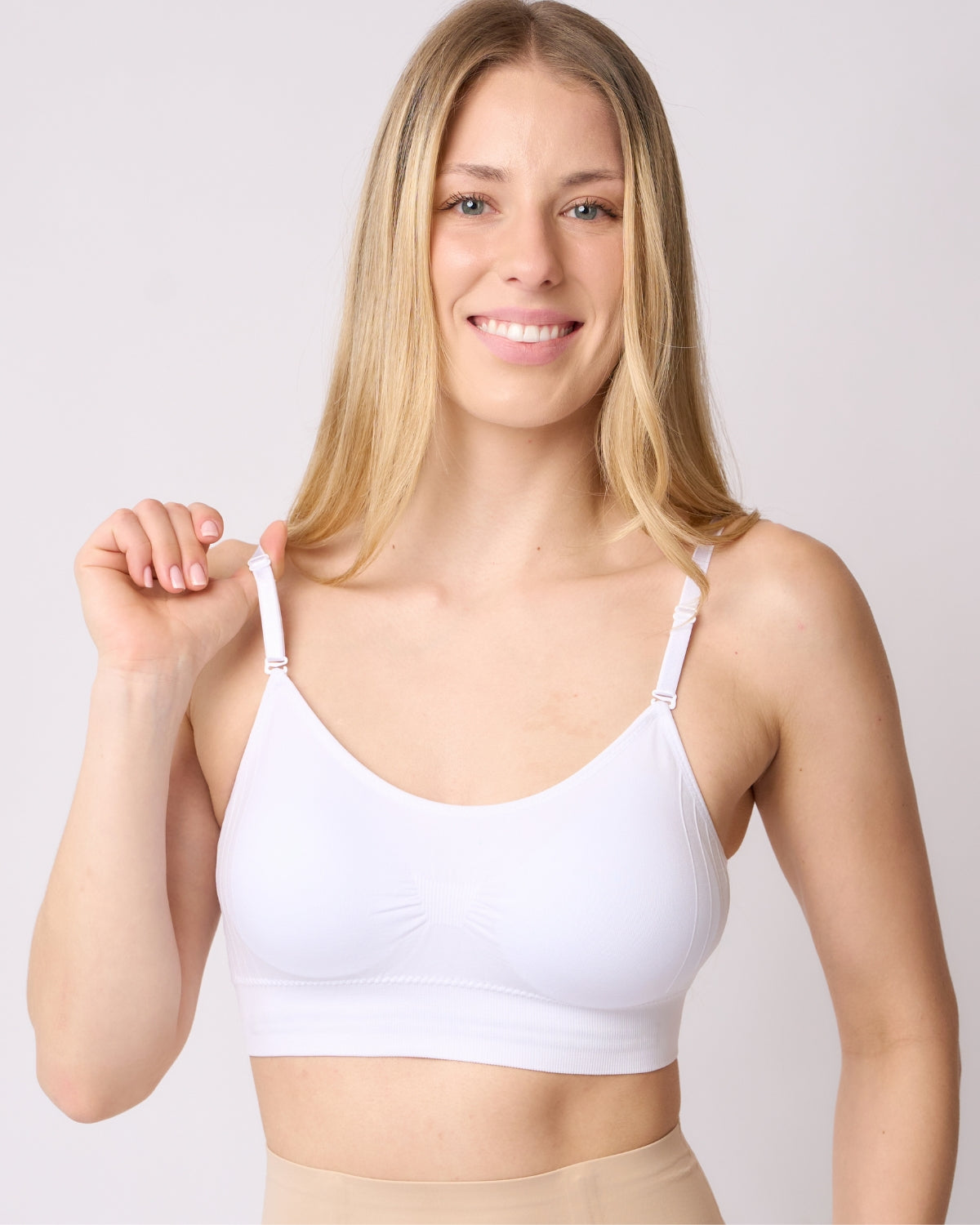
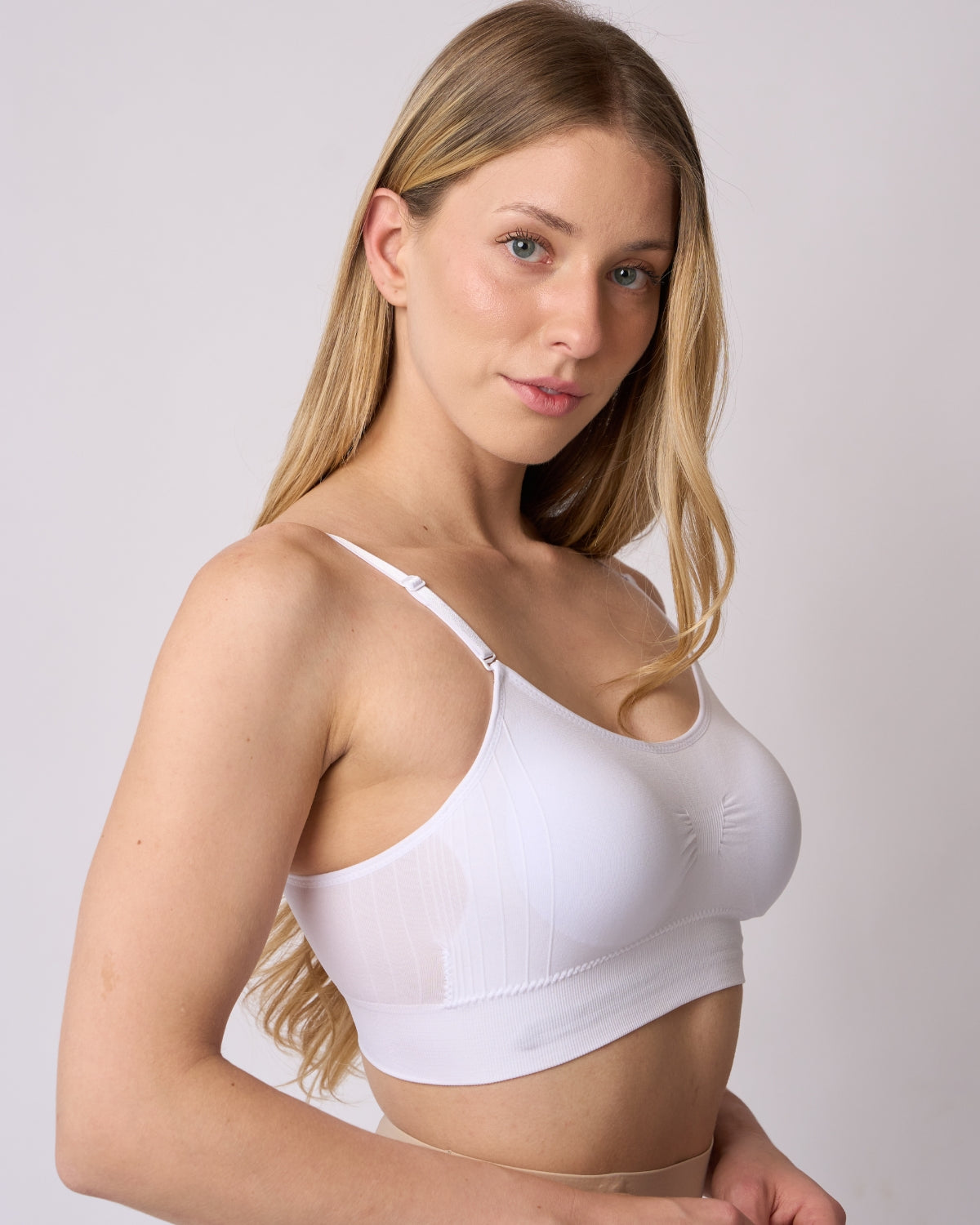
Leave a comment
This site is protected by hCaptcha and the hCaptcha Privacy Policy and Terms of Service apply.